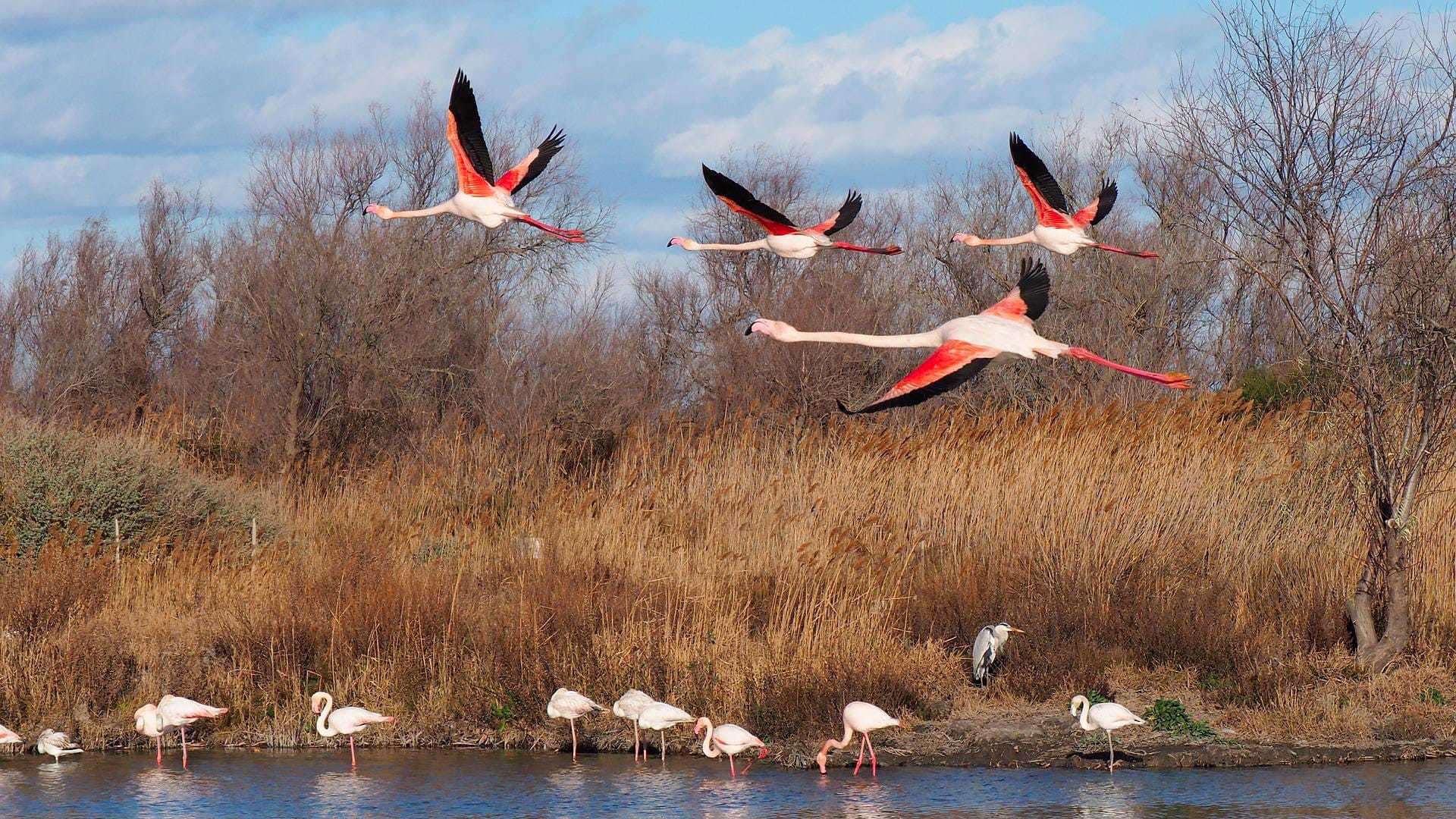Description
The Camargue is a territory with a rich natural and cultural heritage whose identity and functionality are based on a diversity of uses (agriculture, nature protection, tourism, hunting) and users (human and animal).
These uses are evolving, due to new socio-economic configurations, the influence of global environmental changes, and the decline or growth of certain wildlife populations, and the arrival of new species (ducks, flamingos, common cranes and wild boars).
These developments fuel tensions between humans and between humans and wildlife. Although analyses and technical solutions have already been proposed to try to reduce these conflicts, it must be noted that the success of these undertakings has so far been limited over the long term.
The project presented here therefore aims, through a territorialized research-action approach, to better reflect on the modalities of coexistence between humans and non-humans in the Camargue, through an approach that is both transdisciplinary (exchanges between scientific and non-scientific actors) and interdisciplinary (in particular geography, population ecology and conservation sciences).

